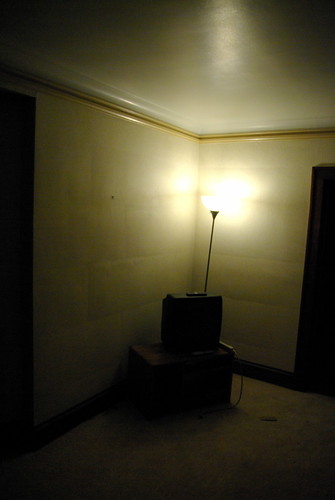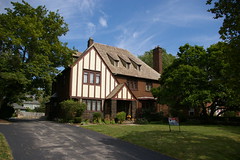
Please excuse the awful lighting - it was my attempt to make the issues with the walls more visible.
For the most part, the walls in our house are in good shape. The plaster shows few issues. The only wall that was really bad was the one on the stairs going down to the basement, which appeared to have been re-done previously, and which I have already tackled.
These walls in the living room are the exception. While I'm perfectly comfortable with the occasional plaster bulge, this seems to be quite a bit more than that. Is this the sort of situation where plaster washers should be used? Alternately, would it be acceptable to just do a couple of thin coats of spackle in the valleys of the cracks to even things out?
I ask because A. insists that this needs to be dealt with. I will gladly do so, but I'm trying to figure out what to do. I don't want to replaster the walls, as that is almost certainly beyond my skill set.


2 comments:
Hard to tell from the photo. Has the plaster actually separated from the wood lath keys behind it? Is the plaster pulling away from the wall? If not, I don't think washers is the way to go. For cracks in corners, I do a non-purist route and use a DAP product called Elastopatch. For flat cracks, I carve out an inverted V and then use patching plaster (you can buy it in small boxes pretty much everywhere). I'm not much of a fan of using joint compound meant for drywall on plaster, but plenty of people use it :-) One trick I learned is to use a wet sponge to smooth out the patch, so you don't need to sand it once dry. Either way, if you have a house that is even slightly moving, the crack will most likely reappear. Good luck!
If the plaster doesn't move when you push on it, there's not much a plaster washer can do for ya. I've had good results using joint compound to skim the plaster walls in my living room, hallway, and office. Don't use spackle. Use a setting-type joint compound if you decide to go that route. I like the Magic Trowel, and it seems to simplify making the walls smooth. E-mail me if you want some details about the MT...
Post a Comment